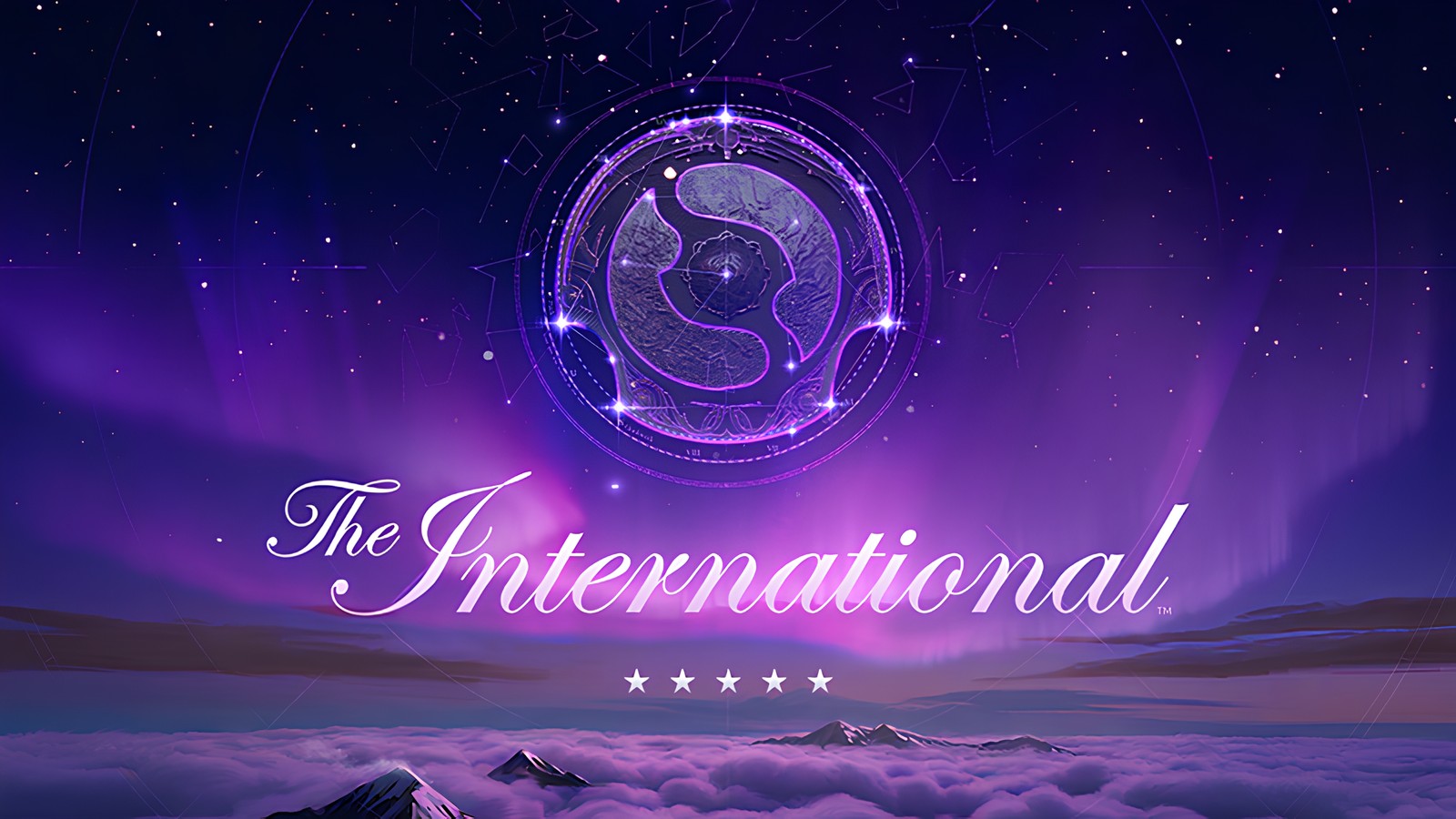The electrifying atmosphere of The International 2025, Dota 2’s pinnacle event, brought with it not only incredible plays and nail-biting finishes but also a familiar whisper in the esports community: accusations of inflated viewership. At the center of this storm stands Alexander “Nix” Levin, a prominent streamer and commentator, who has now publicly addressed the persistent claims that his remarkably high viewer counts were, in part, artificially boosted by bots.
Nix, during a recent Twitch broadcast, offered a detailed and somewhat exasperated defense, aiming to demystify the mechanics of streaming viewership and dismantle the allegations. His core argument? That a compelling narrative and genuine audience engagement, rather than nefarious digital assistance, were the true drivers behind his success.
The Case Against the Bots: Audience Dynamics and Engagement
One of the primary contentions leveled against Nix was the observation that his audience didn`t readily migrate to other Dota 2 streams once his broadcast concluded. Nix finds this argument fundamentally flawed. “I would usually end my stream at the end of the day, when all matches were already finished,” he explained. “Why would my viewers switch to another stream if there`s nothing left to watch?”
He further illustrated the fluid nature of viewership with a specific example: “One day I missed a match between Tundra and Heroic, and RAMZES666 had 70,000 people on his stream. When I launched my own, those people simply came over to me.” This suggests a natural gravitational pull towards larger, established personalities rather than a static, one-way flow.
Nix also pushed back against the expectation of audience loyalty to specific channels beyond his own, particularly in the context of other prominent streamers like NS. “Over the years of streaming, I`ve seen many times that when I turn off my stream, my viewer doesn`t go to NS. I believe that, apart from NS himself, everyone understands why this is the case. But in general, it all seems like nonsense. Why should anyone go to anyone else? I don`t understand it.” This response carries a subtle jab at his detractors, implying a degree of self-interest or a lack of understanding on their part.
The Numbers Game: Context is King
Another prevalent accusation questioned the very possibility of such high viewer numbers for Dota 2. “There was an argument that such numbers simply don`t exist in Dota, that not that many people play or watch,” a viewer`s assertion read, to which Nix unequivocally responded, “That’s also complete nonsense.”
He then offered a comparative analysis to contextualize his viewership: “Why did they come after me this year? This year I had 396,000 [viewers], last year I had 330,000. The difference is 70,000.” He attributed this increase directly to the vastly superior entertainment value of The International 2025`s grand final. Unlike the previous year`s “uninteresting” 3-0 sweep between Team Liquid and Gladiators, TI2025 featured a thrilling five-map epic, highlighted by Ame`s third consecutive quest for the world championship title, navigating the entire lower bracket with minimal rest.
“This is a different level of hype,” Nix elaborated. “Obviously, there will be more people watching a tournament where the final goes to five maps, and less interest in a 3-0 decisive match featuring Team Liquid, who, let’s be honest, aren`t particularly interesting to anyone.” His rhetorical question further underscored his point: “And is the difference between 330,000 and 400,000 really that much? At the previous TI, no one wrote to me, `Wow, he has 330,000! He’s botting!` What’s wrong with people`s heads? Instead of rejoicing, they criticize.”
Beyond the Bots: Tangible Growth and Business Logic
Addressing a query about his subscriber count remaining static, Nix provided concrete evidence of growth. “My subscriber count increased by 150,000,” he stated. “I had over 900,000 before and then broke one million. So, at least a hundred thousand definitely came during TI.” This tangible growth in his subscriber base contradicts the idea of an artificially inflated, unengaged audience.
Furthermore, Nix reiterated his earlier arguments made in response to fellow commentators Yaroslav “NS” Kuznetsov and Vladimir “Maelstorm” Kuzminov. He highlighted the sheer illogic of strategically deploying bots only during a championship event. From a financial perspective, especially if there were any ties to sponsors or “bookmakers,” such a move would be economically irrational and self-defeating. The cost-benefit simply wouldn`t align with sustainable business practices for a legitimate streaming operation.
The Enduring Skepticism in Esports
Nix’s detailed defense sheds light on a recurring tension within the esports community: the constant scrutiny of viewership numbers, especially when they reach unprecedented heights. While vigilance against fraudulent practices is essential, his explanation suggests that sometimes, the simplest answer is the correct one: a highly anticipated, high-stakes event, amplified by compelling storylines and charismatic personalities, naturally draws a massive crowd.
Perhaps it`s a testament to the growth of Dota 2 and esports as a whole that such figures are now within reach, rather than a symptom of widespread manipulation. As Nix himself implied, celebrating the collective success and interest in the game might be a more constructive approach than immediately defaulting to skepticism. The truth, in this digital age, is often more complex than a simple “bot or not” dichotomy.

